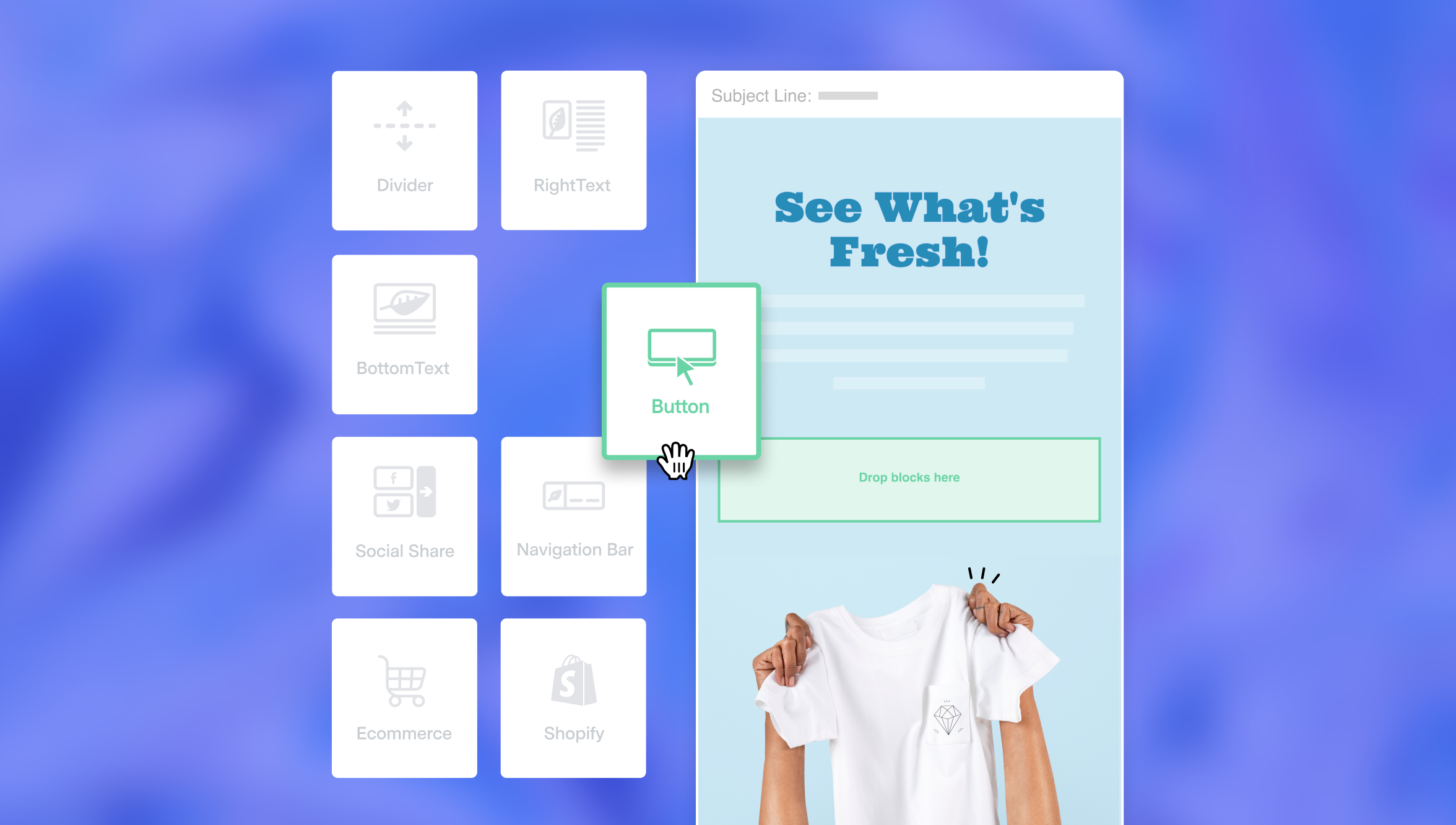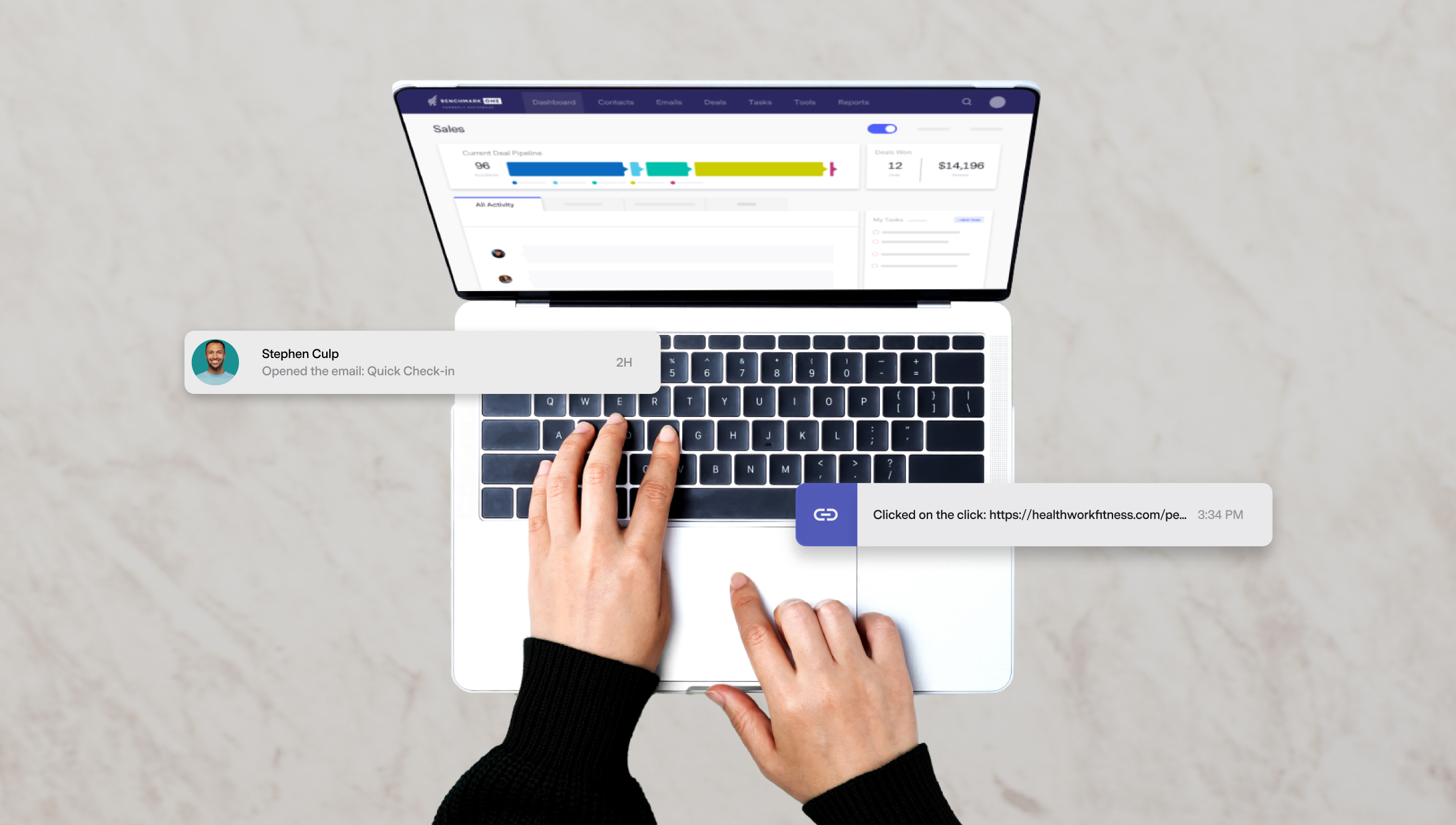The Burnout Cure: Time-Management Hacks for Marketers Under Pressure
February 11, 2025 4 min read

If you’re in the marketing field, you’ve probably been extremely busy almost every day. Constantly thinking on your toes, meeting deadlines, and thinking ahead to create the most effective campaigns can take a toll. Long hours, constant connectivity, and the pressure to deliver results often lead to emotional exhaustion, decreased productivity, and a lack of job satisfaction. However, a power antidote to burnout is simple: practicing effective time management.
This article will explore practical time-management hacks to help marketers regain control, reduce stress, and enhance overall well-being.
Understanding Burnout
What is burnout, and how does it manifest? You’ve probably experienced burnout at least once and recognize it as a state of physical, emotional, and mental exhaustion caused by prolonged stress. Some symptoms include:
- Chronic fatigue
- Irritability
- Reduced performance
- Physical symptoms like headaches or stomach aches
Time-Management Hacks for Marketers
1. Prioritize with the Eisenhower Matrix
The Eisenhower Matrix helps you prioritize tasks based on urgency and importance. Its four quadrants are:
- Urgent and Important: Tasks needing immediate attention, such as a client presentation due tomorrow.
- Important but Not Urgent: Tasks that are essential but can be scheduled, like long-term marketing strategy planning.
- Urgent but Not Important: Tasks, such as routine administrative tasks, can be delegated.
- Not Urgent and Not Important: Tasks that you can eliminate or postpone.
By categorizing tasks in this way, marketers can avoid being overwhelmed by a lengthy to-do list and only focus on what really matters.

2. Set SMART Goals
SMART stands for setting goals that are:
- Specific
- Measurable
- Achievable
- Relevant
- Time-bound
SMART goals help marketers break down larger objectives into manageable tasks, making tracking progress and staying motivated easier. For example:
- Specific: Increase website traffic by 20%.
- Measurable: Use Google Analytics to track traffic sources and engagement.
- Achievable: Based on previous campaigns, this increase is realistic.
- Relevant: Aligns with the broader business goal of growing the customer base.
- Time-bound: Achieve this goal by the end of the quarter.
This approach clarifies what needs to be done and helps prevent the feeling of being overwhelmed by a vague sense of duty.
3. Time Blocking for Focused Work
Time blocking is exactly how it sounds. It’s when you designate specific blocks of time for different tasks. This method allows marketers to dedicate focused time to high-priority projects without distractions. Here’s how to implement time blocking effectively:
- Identify your peak productivity times: Determine when you feel most energetic and focused.
- Schedule blocks for specific tasks: Allocate time slots for email responses, meetings, creative work, and breaks.
- Use a calendar tool: Whether it’s Google Calendar or a physical planner, visualize your schedule to stay organized.
Controlling your time and reducing multitasking can enhance your focus and productivity while minimizing stress.
4. The Pomodoro Technique
The Pomodoro Technique is a time-management method that promotes focused work sessions followed by short breaks. Here’s how it works:
- Choose a task: Select a task to work on.
- Set a timer for 25 minutes: During this time, focus solely on the task without distractions.
- Take a 5-minute break: Step away from work, stretch, or grab a snack.
- Repeat: After four “Pomodoros,” take a longer break of 15-30 minutes.
This technique encourages regular breaks and helps maintain concentration and prevent burnout. By breaking tasks into manageable intervals, marketers can work more efficiently and reduce mental fatigue.

5. Say No
There will always be new projects, clients, and tasks. But if you’re in the habit of taking on too much, you’ll definitely burn out. Setting boundaries is crucial for maintaining your well-being, but it isn’t always easy. Here are some tips:
- Evaluate your current workload: Before accepting new responsibilities, assess your current commitments and determine if you can realistically take on more.
- Communicate effectively: Be polite and explain your reasons when declining an offer. Most people will appreciate your honesty.
- Offer alternatives: If you can’t take on a project, suggest someone else who can help.
You can protect your time and energy by prioritizing your workload and setting boundaries.
6. Utilize Automation Tools
Marketing automation tools are great to use if you’re looking to significantly reduce the time spent on repetitive tasks. From social media scheduling to email marketing, automation can streamline your processes. Some popular automation tools include:
- Hootsuite or Buffer: This is used to schedule social media posts.
- Benchmark Email: For automating email campaigns.
- Zapier: For connecting different apps and automating workflows.
By leveraging these tools, you can free up valuable time to focus on strategic initiatives rather than administrative tasks.
7. Practice Mindfulness and Self-Care
Finally, prioritizing self-care is essential for preventing burnout. Incorporating mindfulness practices into your daily routine can help manage stress and improve focus. Here are some self-care strategies to consider:
- Take regular breaks: Step away to recharge, even if it’s just for a few minutes.
- Practice deep breathing: Incorporate exercises to reduce stress and enhance concentration.
- Engage in physical activity: Regular exercise can boost mood and energy levels, contributing to overall well-being.
- Prioritize sleep: Get adequate rest each night to recharge your body and mind.
Burnout is a common challenge in a high-pressure marketing environment and can impact personal well-being and professional performance. By implementing effective time-management hacks, marketers can regain control over their schedules, reduce stress, and improve productivity. Additionally, setting boundaries, utilizing automation tools, and prioritizing self-care can alleviate job pressures.
Ultimately, finding the right balance between work and well-being is essential for long-term success in marketing. By adopting these strategies, marketers can more easily navigate their responsibilities and maintain their passion for their work.






